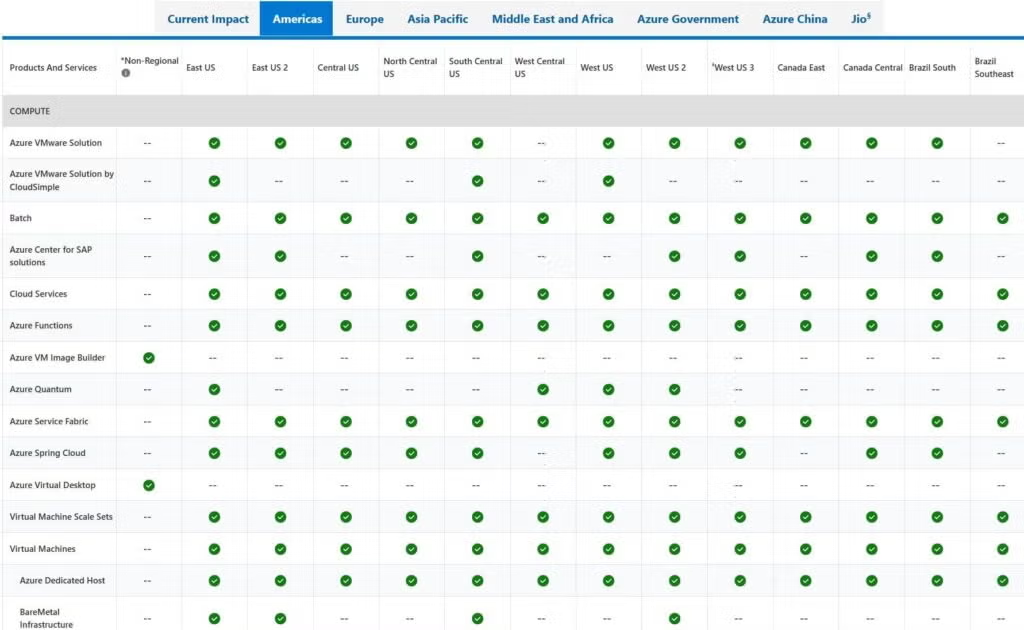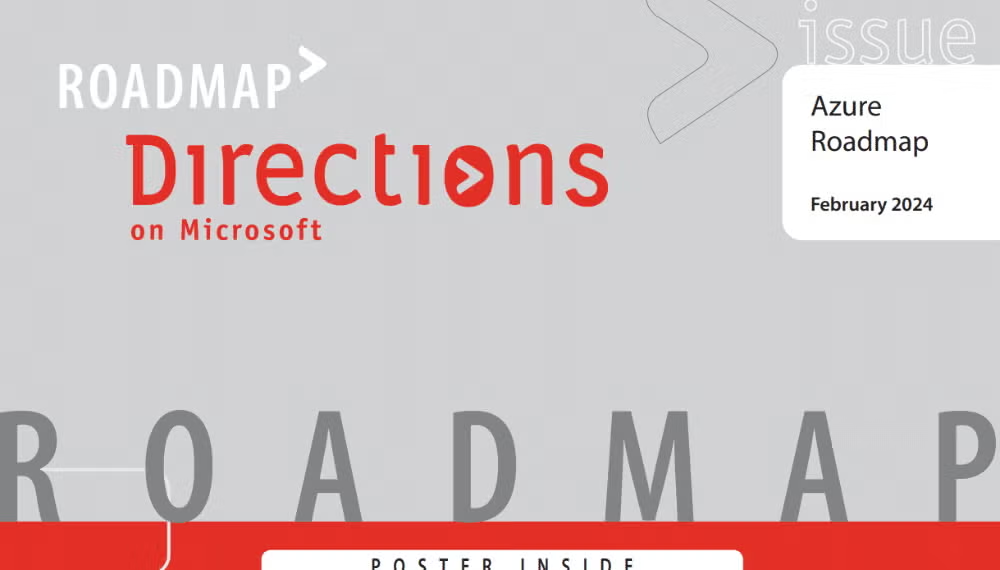Azure Developer and IT Services
Welcome to the world of Microsoft license cost containment whack-a-mole.
Microsoft’s Building Blocks
Unlike Microsoft 365 or Power BI, which are finished solutions, Azure developer and IT services are component building blocks used to construct custom systems. The services are typically used to replace or augment capabilities found in a traditional datacenter. By using these services, developers and admins can do the following:
- Create hosted applications that vary in size, scalability, and high availability, and address global requirements
- Deploy virtual machines to run more-traditional workloads
- Interconnect and integrate cloud and on-premises applications and systems
- Build and deploy complex database and data storage architectures
- Monitor and secure systems, and perform other management functions like backup and disaster recovery
- Exploit state-of-the-art technologies, such as AI, sooner and with less upfront cost and effort.
The level of interest in these offerings varies because many customers use services from competitors, such as Amazon Web Services (AWS) and Google Cloud Platform (GCP) either to replace or supplement Azure services.
Azure Developer and IT Services Licensing and Purchasing Basics
Azure provides dozens of developer and IT services, each licensed via a combination of consumption- and capacity-based charges, with a wide variety of units of measure. Many services accumulate charges until explicitly turned off.

Featured Blog Post
Azure SLAs: What Customers Need to Know
Azure Tiered Service and Add-ons
Generally, an Azure service is available in multiple tiers (for example, differing in performance and capacity) and can be deployed in different geographic datacenters, which can have somewhat different prices. Services can be augmented with add-ons that provide additional capabilities or capacity, such as high availability, premium storage, private networking, and/or customer-controlled encryption keys.
Considering that each customer application is generally built on multiple Azure services, large organizations often see monthly bills with thousands or millions of line items from several thousand possible choice combinations.
Tagging Azure Services for Budgeting
On the positive side, Azure resources can be coded (tagged) to customer cost centers to help with internal budgeting and charging; however, it is up to the customer to develop, implement, and enforce the coding structure. In addition, customers can set alerts for when certain preset cost thresholds are reached.
Annual Azure Spend
Typically, large organizations commit to an annual Azure spend (to qualify for a discount), and all Azure charges contribute to that commitment.
2 Challenges Specific to Azure Developer and IT Services
The major challenges in Azure developer and IT services licensing are twofold: forecasting new solution cost and optimizing ongoing spend.
Forecasting new solution costs before going live is difficult.
This situation is true especially for solutions that use multiple Azure services, which is a typical scenario. Upfront planning, comparing with other existing workloads, and running test deployments can help with forecasts. But often the only way to accurately forecast ongoing Azure expense is to go into production and monitor charges for several months. Therefore, when building project estimates and budgets, customers should realize they are educated guesses and mitigate the risk by including larger financial contingencies than would otherwise be used for on-premises projects.
Optimizing ongoing Azure spend is arguably more consequential than on-premises.
It also requires different processes. Underutilized resources on-premises are generally a sunk cost, but in the cloud, they are an ongoing expense that can often be resolved but only if identified.
Cloud environments tend to grow organically, and most customers find that over time they accumulate underutilized—or even unused—Azure resources that are not properly sized or licensed in the most efficient manner. For example, long-running workloads can sometimes be licensed at a lower cost if a customer is willing to make long-term financial commitments.
Microsoft provides numerous Azure cost management tools to help track costs, but it is up to customers to create systems and procedures (often involving third-party tools or in-house solutions) to turn data into actionable information and identify potential cost-saving opportunities.

Upcoming Microsoft Licensing & EA Negotiation Boot Camp Sessions
This intensive, 18+ hour course provides the most complete, up-to-date Microsoft licensing training available. Get the knowledge and understanding you need to optimize your Microsoft agreements.


